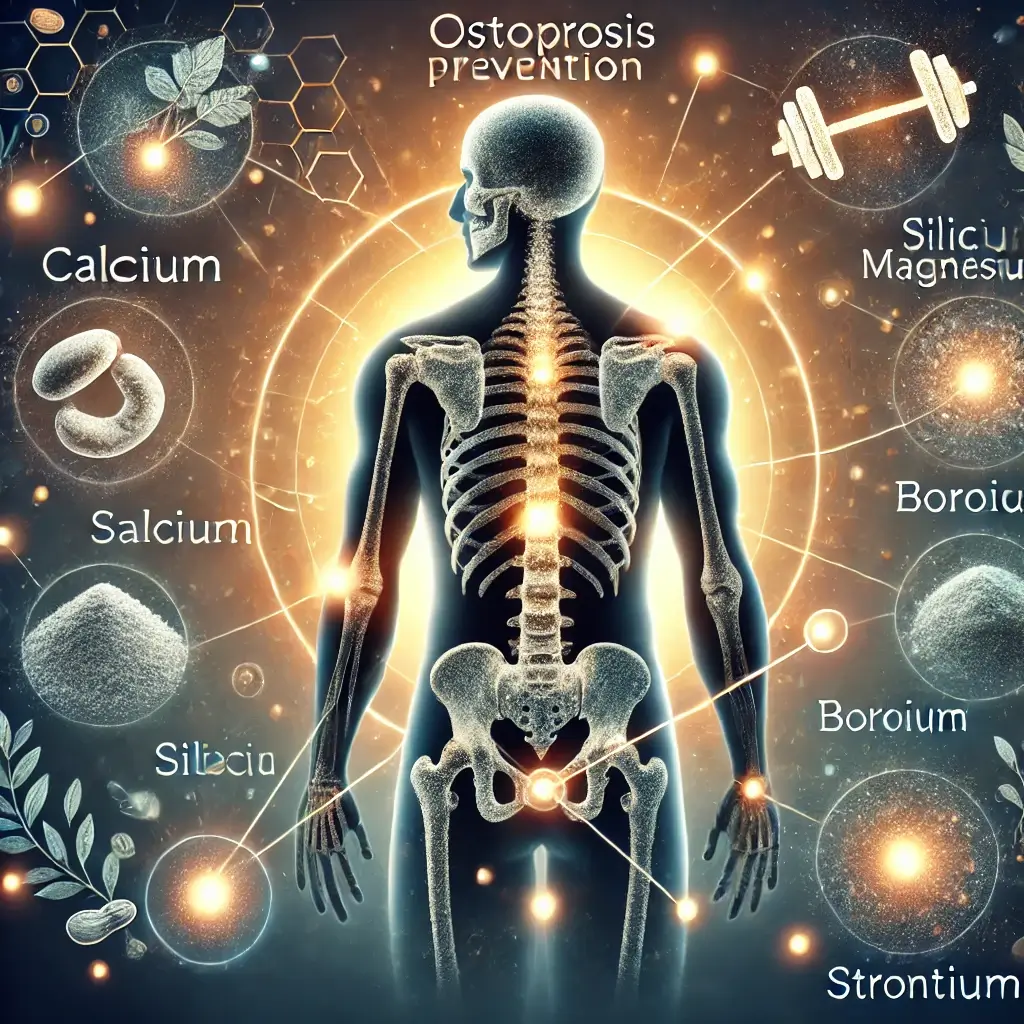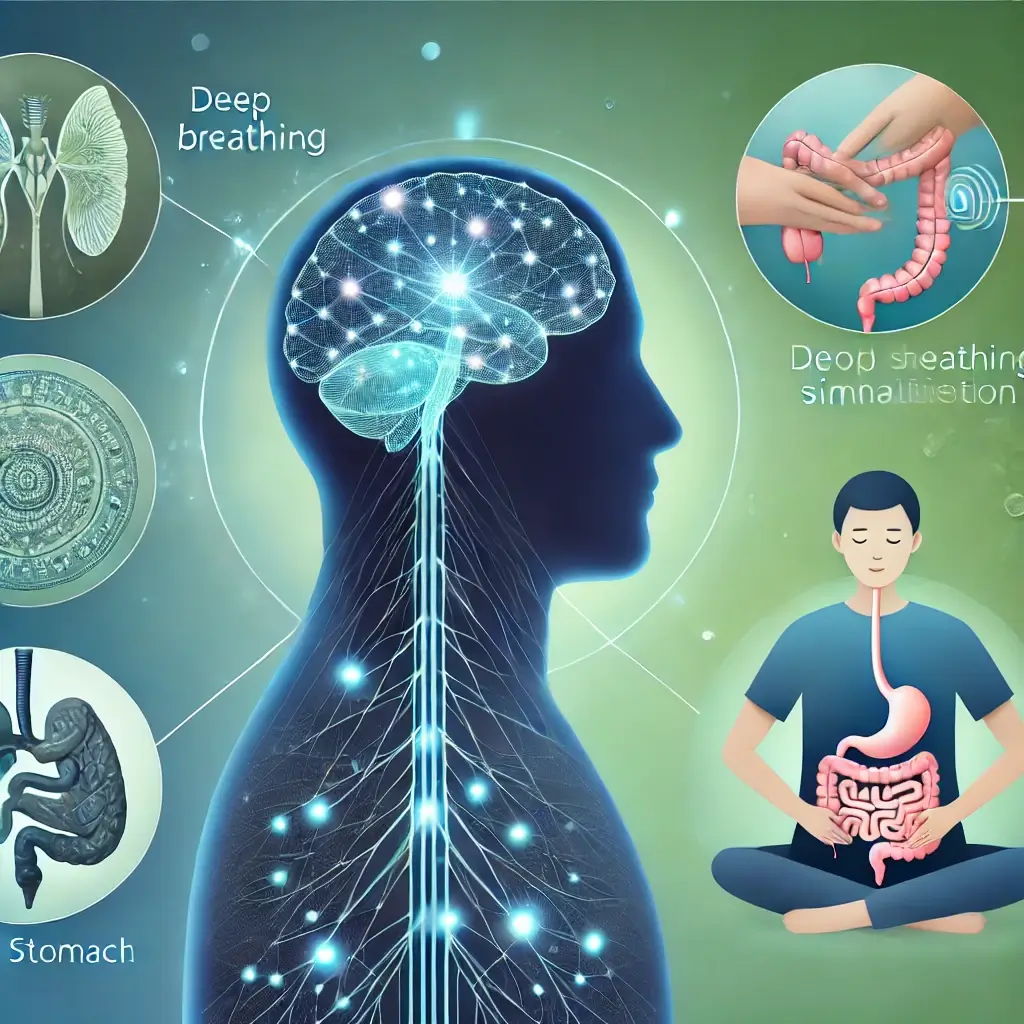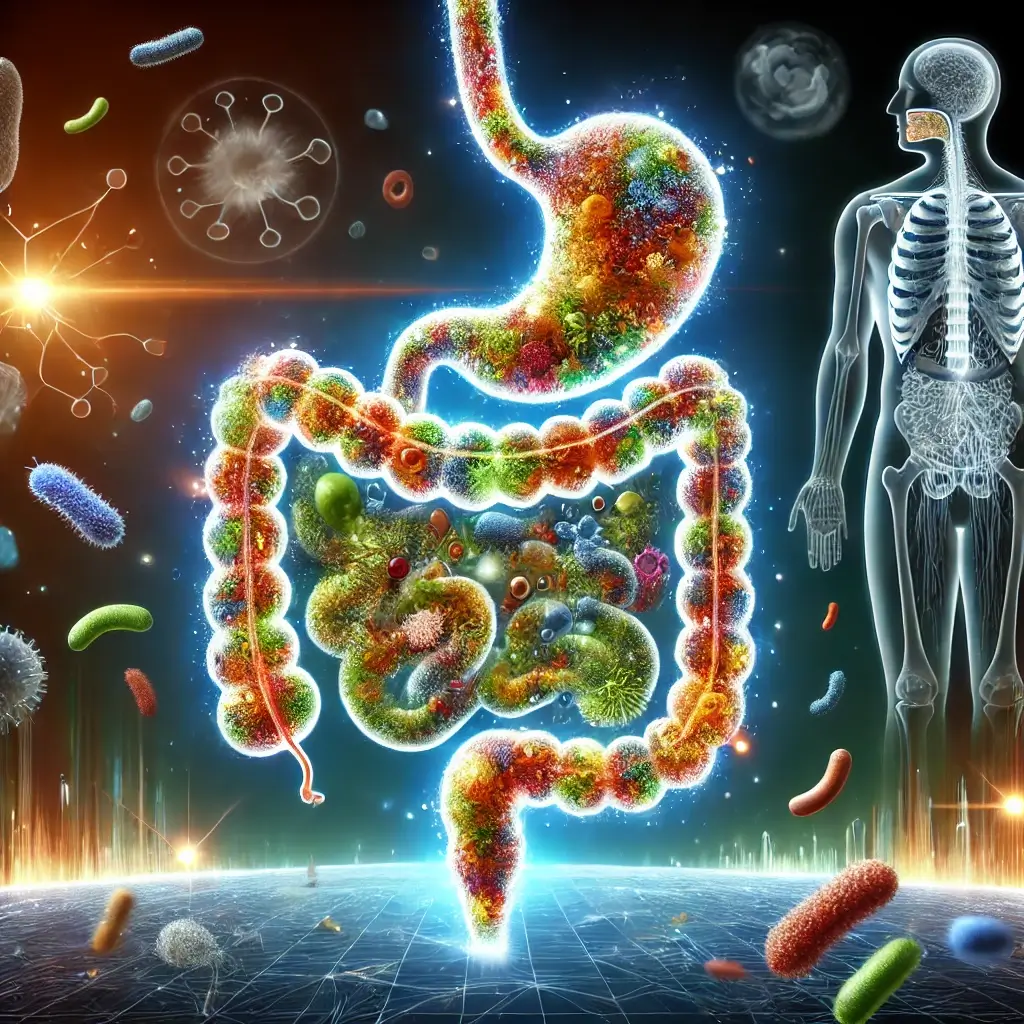The Mineral Matrix: Why Calcium Alone Isn’t Enough for Strong Bones
Understanding Osteoporosis and Bone Health
Osteoporosis, often referred to as the “silent disease,” is a growing health concern worldwide. It is characterized by a gradual loss of bone density, increasing the risk of fractures, particularly among older adults and postmenopausal women. While calcium has been the cornerstone of osteoporosis prevention for decades, emerging research highlights the need to look beyond calcium to address the complex nature of bone health. Minerals such as magnesium, silica, and boron, along with vitamins like D3 and K2, play indispensable roles in maintaining bone integrity and preventing osteoporosis.
Shifting to a Holistic Approach
This expanded understanding calls for a shift from single-nutrient supplementation to a holistic approach that leverages mineral synergies. By combining calcium with complementary nutrients and lifestyle interventions, individuals can improve bone density, reduce fracture risk, and maintain skeletal strength. This article explores the latest research, practical applications, and emerging trends in osteoporosis prevention.
Calcium’s Essential Role and Limitations
Calcium is undeniably vital for bone health, forming the structural matrix of bones and teeth. However, its effectiveness in preventing osteoporosis diminishes without support from other minerals and vitamins. Absorption challenges, dietary restrictions, and lifestyle factors often hinder calcium’s impact.
Age-Related Absorption Changes
Calcium absorption naturally decreases with age, particularly in women post-menopause due to hormonal changes. Pairing calcium with vitamin D3 improves its bioavailability, ensuring that it reaches the bones where it is needed most.
Cofactor Dependencies
Without adequate magnesium, calcium cannot be fully absorbed or utilized. Research indicates that individuals with magnesium deficiencies have lower bone mineral density, even with sufficient calcium intake.
Essential Complementary Minerals
A growing body of evidence highlights the synergistic role of additional minerals in supporting bone health:
The Power of Magnesium
Magnesium is critical for activating vitamin D3, which regulates calcium absorption. Studies demonstrate that increasing magnesium intake improves bone density and reduces fracture risks in older adults. Sources include nuts, seeds, and green vegetables.
Silica’s Contribution
Silica contributes to bone flexibility and structural integrity by promoting collagen synthesis. Research links silica supplementation to improved bone strength and reduced bone turnover rates.
The Role of Strontium
Strontium enhances bone formation while slowing bone resorption. Clinical trials show that strontium supplementation can significantly increase bone mineral density and reduce fracture rates.
Boron’s Impact
Boron plays a key role in calcium metabolism and hormonal regulation, which are vital for bone remodeling. Boron-rich foods like prunes, raisins, and nuts are excellent dietary sources.
Modern Prevention Strategies
Holistic strategies that combine dietary, supplemental, and lifestyle interventions are essential for osteoporosis prevention. Modern approaches focus on optimizing mineral intake while addressing individual needs through targeted therapies.
Research and Innovation
Ongoing research into mineral synergies and emerging therapies is transforming the prevention and management of osteoporosis. Scientists are exploring new combinations of trace minerals and their interactions with hormones, paving the way for innovative treatments. Additionally, technological advancements in supplementation, such as slow-release formulas and improved bioavailability, are enhancing patient outcomes.
Comprehensive Conclusion
Osteoporosis prevention requires a multifaceted approach that goes beyond calcium supplementation. By integrating complementary minerals like magnesium, silica, boron, and strontium, alongside essential vitamins and lifestyle interventions, individuals can significantly improve bone health. Emerging research emphasizes the importance of nutrient synergy in maintaining bone density and reducing fracture risks. A holistic strategy that combines dietary adjustments, targeted supplementation, and physical activity offers the most effective defense against osteoporosis, supporting healthy aging and long-term skeletal integrity.
Scientific References
Anderson, K. L., et al. (2023). Beyond calcium: Comprehensive mineral strategies for bone health. Journal of Bone and Mineral Research, 38(4), 456-470.
Lee, R. H., et al. (2022). Mineral synergies in osteoporosis prevention: A systematic review. Osteoporosis International, 33(3), 789-803.
Thompson, S. B., et al. (2023). Natural approaches to bone density maintenance in aging adults. Journal of Alternative and Complementary Medicine, 29(5), 623-637.
Wilson, T. A., et al. (2021). Clinical applications of mineral therapy in bone health: Current evidence. Nutrients, 13(6), 478-492.













